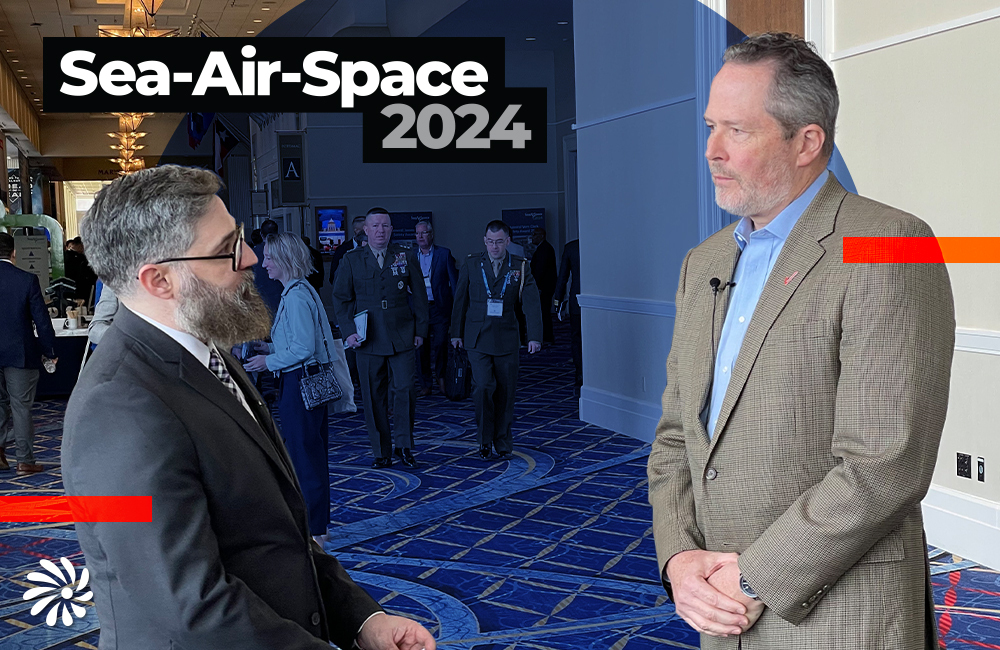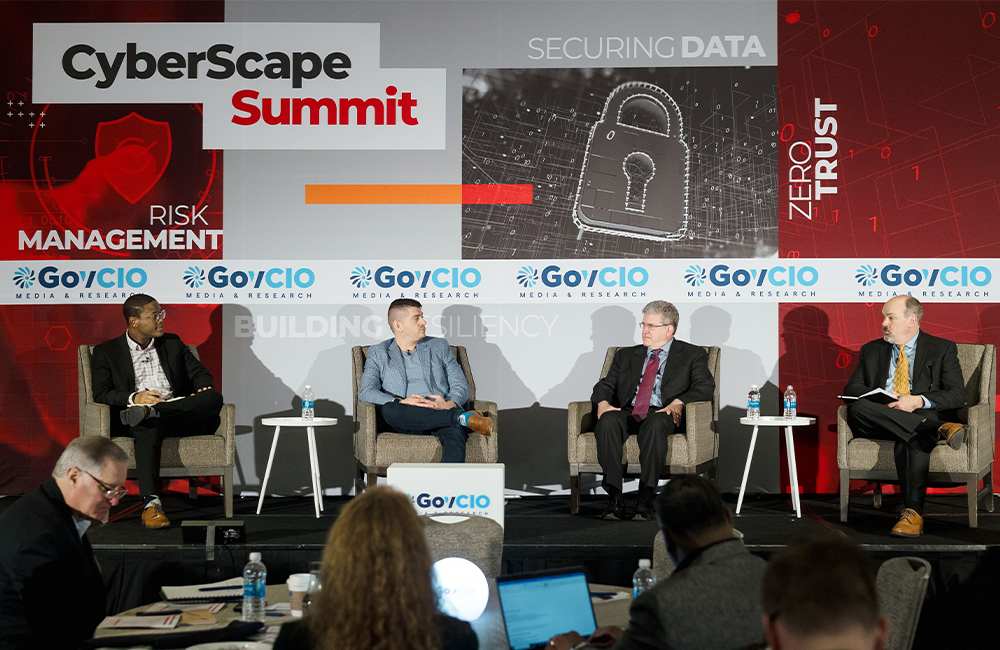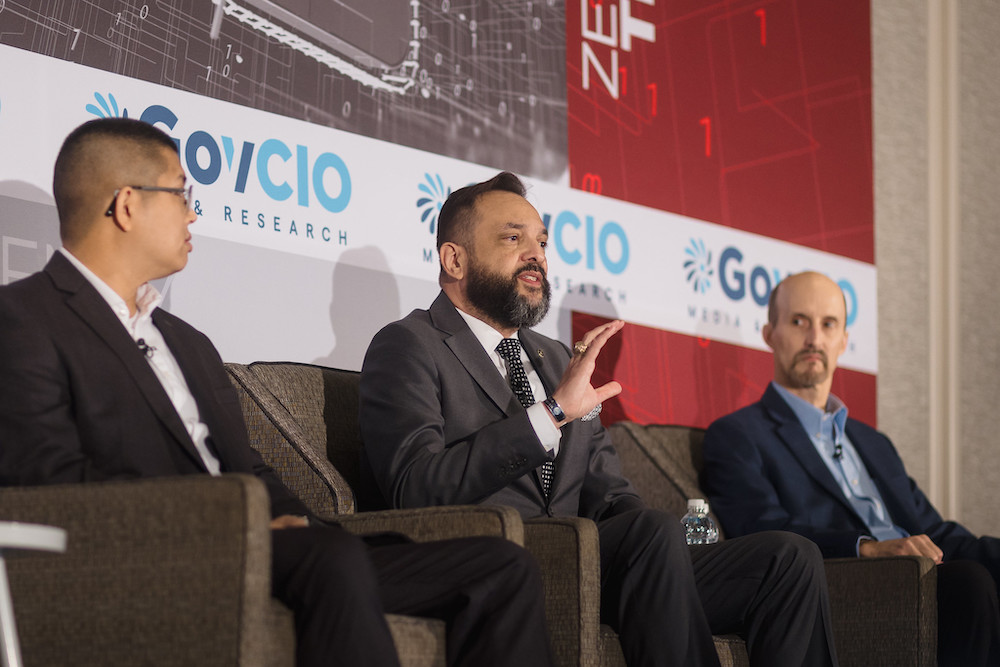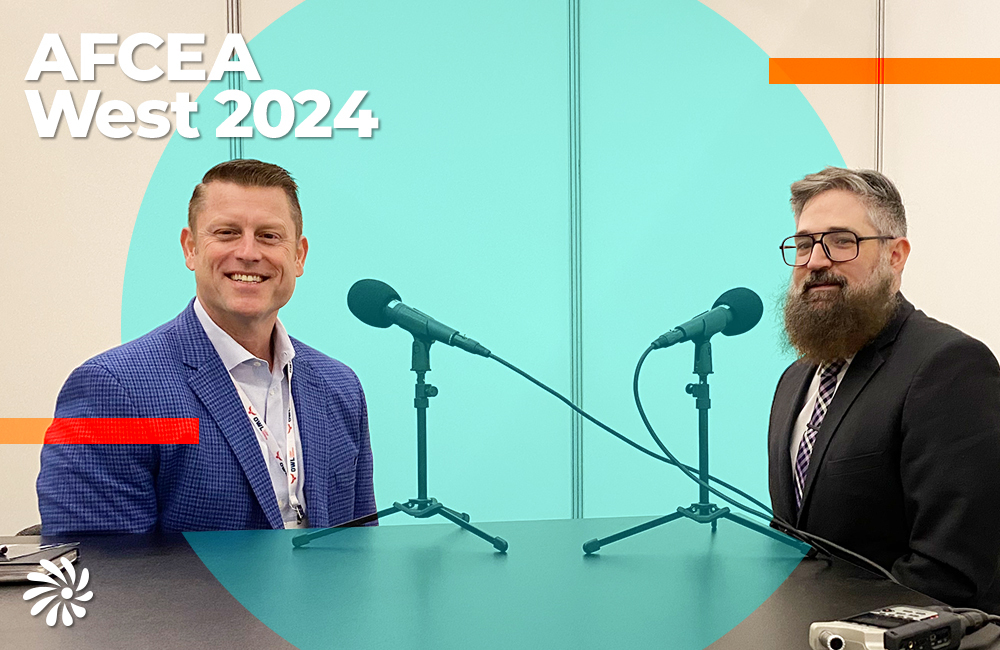Digital Modernization Requires Relationship-Building, ‘Enterprise’ Approach
Federal agencies can cultivate the right partnerships to optimize IT modernization efforts.

Moving IT operations from legacy infrastructure to commercial cloud environments is a major initiative across civilian, defense and health federal agencies, but choosing the right digital modernization approach to ensure agencies own their data and avoid vendor lock-in can present significant challenges.
This is especially the case as consumption of IT moves toward “as-a-service” models. Modernizing IT infrastructure using a holistic, enterprise perspective can help federal agencies better meet digital modernization goals and improve delivery of government services rather than traditional “lift-and-shift” migration to the cloud.
“Agencies get a better return on their IT spend when they standardize across the enterprise and incorporate an open architecture discipline centered around data control,” said Bill Bender, senior vice president of customer excellence and government relations at government tech leader Leidos, in an interview with GovCIO Media & Research. Bender, who previously served as CIO of the United States Air Force, advises federal agencies to consider an evolutionary approach to digital modernization, where solutions can be built up slowly over time. “If you look at government today, agencies are modernizing from a legacy environment where everybody owns and operates their own IT infrastructure, so agency leadership has to put in place design, monitoring and management mechanisms that enable them to benefit from operational, financial and workforce efficiencies coming from commercial cloud and purpose-built for their new enterprise IT.”
Bender’s enterprise- and mission-oriented approach to cloud echoes comments from Army Enterprise Cloud Management Agency Director Paul Puckett, who said the Defense Department community “is still learning what cloud is,” in a February interview with GovCIO Media & Research.
“The opportunity from a mission [enterprise] perspective is probably untapped, quite frankly, 90% untapped in what we could be doing for our mission,” he said. “Cloud infrastructure is a design pattern for computing infrastructure. Infrastructure designed in that way is an enabler to mission capability in a fundamentally different way. I think it’s important for us to impact that.”
Puckett’s vision for Army cloud relies on a streamlined approach and direct relationships with suppliers and partners. Direct relationships can increase agency data control, reduce miscommunications, improve access to desired services and pricing, and enhance small businesses and specialty skills utilization, all of which help cloud modernization initiatives at DOD.
“We’re the ones who brought all the money from the coding, and the infrastructure is code and it’s hosted within a DOD footprint,” Puckett said. “If the integrator owns the account, when the contract ends, the integrator takes the account and everything built in it. So now we have government paying just to rebuild and get the same capability to operate before we mature capabilities in the future.”
Lacking the budget or workforce to optimize IT is a common challenge faced by federal agencies. Resources are often focused on cloud migration of a particular system or application, so the enterprise architecture — including the integration of different cloud services and cloud platforms from different cloud service providers (CSPs) — is commonly an afterthought.
Bender believes industry can be more of a partner to federal agencies by helping them with short-term cloud migrations that satisfy long-term modernization objectives, including reuse and scalable repeatability.
“What industry is doing today in large measure is first partnering in a way that tries to discern where the agencies’ enterprise challenges and problems are — often spending industries’ internal resources to address those macro issues,” Bender said. “By acting more as a partner and less as a supplier, industry uses its expertise in systems and software integration as a complement to governments’ expertise in their mission so that government can focus on outcomes as opposed to integrations. With industry-to-industry partnerships, such as Leidos and ServiceNow, we’re assessing and identifying best-in-class sets of capabilities and work company-to-company using our own funds to present an enterprise-focused, integrated platform approach to government.”
Bender also said agency data control can be fully achieved if digital modernization activities fit within an enterprise or mission perspective.
“While every agency recognizes the inherent goodness of IT modernization using repeatable solutions and iterative approaches, they must frame each step forward in a way that doesn’t have them starting over every three or four years,” Bender said. “Agency leadership understands that they’re all coming from very different places, with different missions and different designed IT environments, so it is crucial that Leidos fulfills the role of partner, not just integrator or supplier, to execute on today’s projects in a manner that meets the respectively unique future state they desire.”
One goal must be functional IT via open architecture, Bender added.
“If systems and services are truly open and nonproprietary, then government always holds the keys and controls the next evolution,” he said. “The thing government wants to own at the end of the day is their own data. That’s an attribute or consideration that Leidos incorporates into every solution in a way that presents government with incremental progress today that fits the opportunity to modernize their enterprise over time.”
This is a carousel with manually rotating slides. Use Next and Previous buttons to navigate or jump to a slide with the slide dots
-

Sea-Air-Space: Voice Transformation Strategies for the Navy and Marine Corps
Military services can use more flexible systems to integrate communications across organizations.
4m watch -

CISA, DOD Tackle Next Steps in Zero-Trust Implementation
Federal leaders discuss future strategies and culture impacts around successful zero trust implementation amid new organizational structures.
3m read -

'Balance' Needed in Hybrid Cloud Security, Interoperability
Federal officials from CISA and SOCOM say hybrid cloud cybersecurity needs a holistic approach to be successful.
4m read -

Advice for Defense IT to Balance Speed, Security in the Digital Age
D.R. Carlson, Senior Director, Segment Marketing for the Americas, Equinix
9m listen




